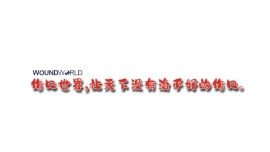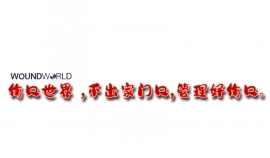文献精选
夏清 朱帧 赵煜韬
浙江省宁波市北仑区滨海新城医院整形科,宁波 315830
通信作者:夏清,Email:该Email地址已收到反垃圾邮件插件保护。要显示它您需要在浏览器中启用JavaScript。
DOI:10.3760/cma.j.issn.1671-0290.2023.03.019
张庆雪 张莹莹 高东程 赵硕 李靖若
郑州大学第一附属医院乳腺外科,郑州 450052
通信作者:李靖若,Email:该Email地址已收到反垃圾邮件插件保护。要显示它您需要在浏览器中启用JavaScript。
DOI:10.3760/cma.j.issn.1671-0290.2023.02.023
任荣鑫 赵红艺
北京医院整形外科 国家老年医学中心 中国医学科学院老年医 学 研 究 院,北 京
100730
通信作者:赵红艺,Email:该Email地址已收到反垃圾邮件插件保护。要显示它您需要在浏览器中启用JavaScript。
DOI:10.3760/cma.j.issn.1671-0290.2023.03.020
Treatment with high-intensity statins, such as atorvastatin 20 mg upwards, results in a 36% proportional increase in new type 2 diabetes diagnoses compared to placebo, with the majority of the new diabetes occurring in people already close to the diabetes glycaemic threshold, according to this meta-analysis of participant-level data from the Cholesterol Treatment Trialists’ Collaboration published in The Lancet Diabetes & Endocrinology. A smaller 10% proportional increase occurs with low- or moderate-intensity statins. Although previous meta-analyses of summary data from the statin trials have highlighted this increased risk, they could not fully quantify the size and timing of increases or determine who is at greatest risk. People with pre-existing diabetes treated with statins are also at risk of worsening glycaemia, particularly with high-intensity statins. However, the benefits of statins in reducing cardiovascular events in those at high risk far outweigh the impact of these increases in incident type 2 diabetes, so this study should not change prescribing habits. Nonetheless, it reminds us of the importance of counselling regarding increasing glycaemia risk and of encouraging lifestyle discussions around weight, eating patterns, sleep and physical activity, which can not only reduce the risk of type 2 diabetes but also improve the cardiovascular risk the statin is being used to treat.
Pam Brown
GP in Swansea
Citation: Brown P (2024) Diabetes Distilled: Statin heart benefits outweigh diabetes risks. Diabetes & Primary Care 26: [Early view publication]




